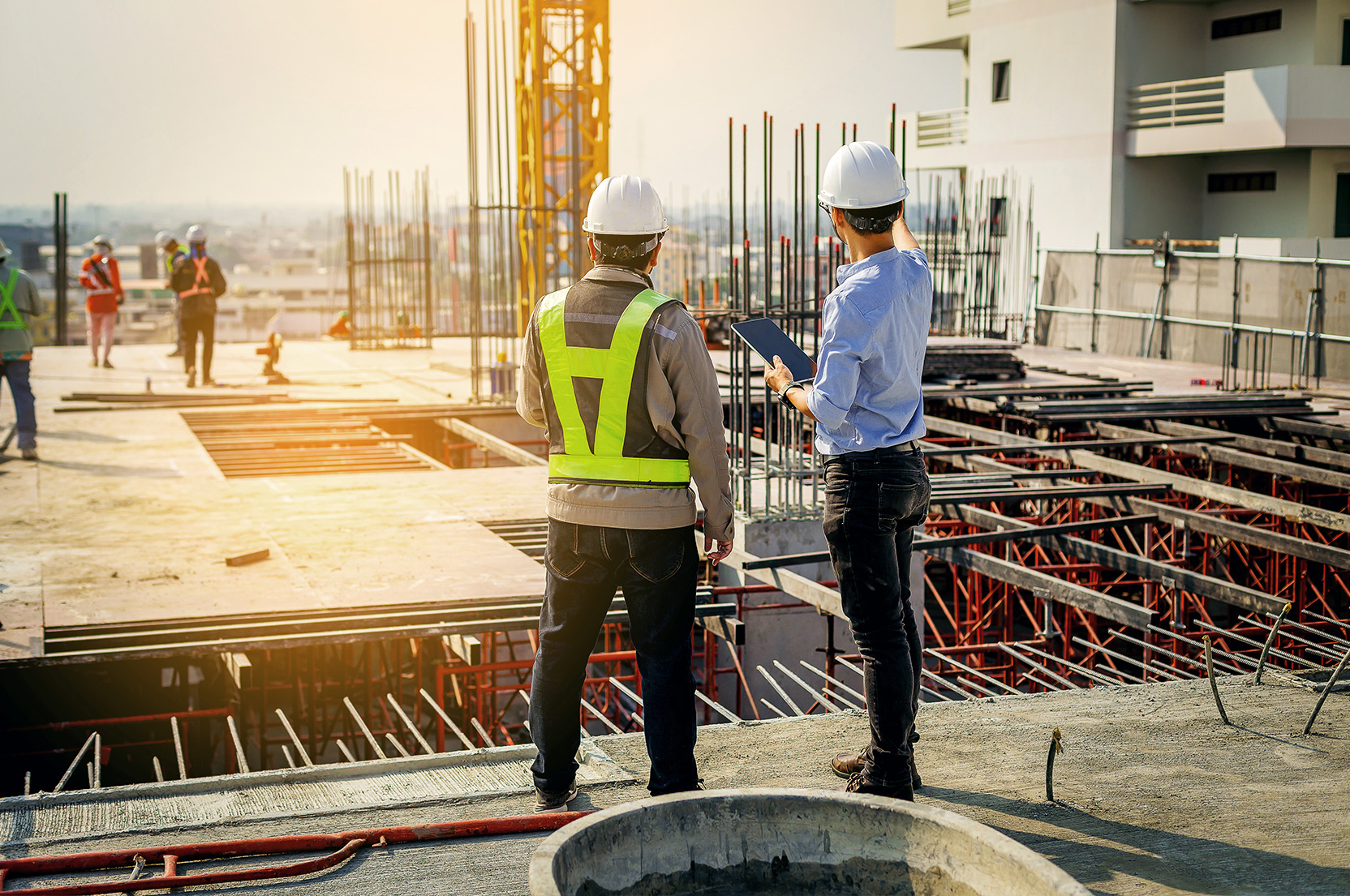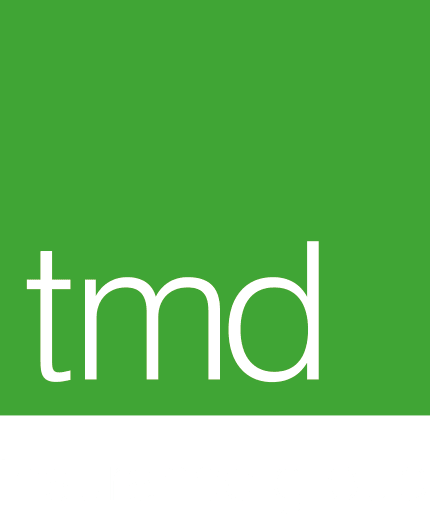What does the Buildings Safety Act 2022 mean for you?

Following the Grenfell Tower tragedy, an independent report into fire safety in buildings identified the need for significant reform. Its findings were fully accepted by the UK government, leading to the introduction of the Building Safety Act 2022. Here, we take a look at the new Act and what it means for property owners, leaseholders and occupiers.
An overview
Described as ground-breaking and a transformation, the new Building Safety Act 2022 creates a more rigorous regime for planning, design, construction and operation/occupation of higher risk buildings and strengthens the entire building control system by introducing enhanced rights for property owners, leaseholders and occupiers; new planning and building control gateways; and new and enhanced roles and responsibilities.
What is a higher risk building?
A higher risk building is one that is either at least 18 metres in height or 7 storeys, and contains a minimum of two residential units. It includes multi-occupied residential buildings, mixed-use buildings with a residential element, student accommodation and educational accommodation (the definition may differ in Wales).
Ten key changes introduced by the Act:
New Building Safety Regulator (BSR)
The BSR sits within the Health & Safety Executive and is the building control authority for higher-risk buildings, with the power to enforce compliance with the new act and take action against those who don’t comply
The ‘golden thread’ of building information
Duty holders must uphold a ‘golden thread’ of information for a higher-risk building throughout its lifecycle. This includes a Safety Case Report to manage the risk of fire spread and structural safety.
New roles and responsibilities
Accountable persons or principal accountable persons (where there is more than one accountable person) must be appointed to clarify roles, responsibilities and accountability when buildings are being designed, built, refurbished and occupied.
Creation of a gateway system
The new gateway system ensures that building safety is considered through the development cycle of higher risk buildings, at planning, during construction and after completion.
Changes to limitation periods
The limitation period in which a claimant can bring forward a claim is extended from the current 6 years after completion to 30 years for projects completed before 28/6/2022 or 15 years for projects completed after this date.
Refurbishment works
Section 2A of the Defective Premises Act now extends potential liability to refurbishment or extension works. (Previously applied only to new buildings.)
Introduction of a construction product cause of action
A cause of action can be brought against construction product manufacturers and suppliers if a product has been mis-sold, is inherently defective or breaches product regulations.
Section 38 of the Building Act 1984
A new amendment that allows a claim to be brought forward in respect of physical damage caused by a breach of building regulations (at the time of construction).
Building Liability Orders
A significant provision that creates potential joint and several liability for associated companies, such as parent, successor or related group companies.
New Leaseholder Protections
Qualifying leaseholders are protected from all remedial costs relating to unsafe cladding systems, with those who built the defective buildings taking responsibility.
Key take-ways for property owners
If you are a property owner, you should:
- Identify any higher risk buildings for which you are responsible
- Appoint an appropriate accountable person (or principal accountable person and ensure they are aware of their duties
- Present a Safety Case report and comply with mandatory reporting requirements
- Prepare the ‘golden thread’ of Information and register any higher risk buildings This should have been actioned by 30th Sep 2023 (after which time it is an offence to occupy an unregistered building).
- Once the Gateway System has been introduced (October 2023), ensure applications for planning and construction are submitted to the BSR to be reviewed
- Consider the implications of New Leaseholder Protections for any remedial works undertaken after the introduction of the Act.
Next steps
Things are moving on apace, with parts of the Act already implemented and significant changes set to occur through the remainder of 2023. It’s key to understand the implications of the changes, so if you’re a Property Owner and would like to discuss how the new Act might affect you and your property insurance, please get in touch by calling us on 01992 703 000 or email us at insurance@mcdonaghs.co.uk

